Google Nest 2 home device tracks body activity in bed
- Published
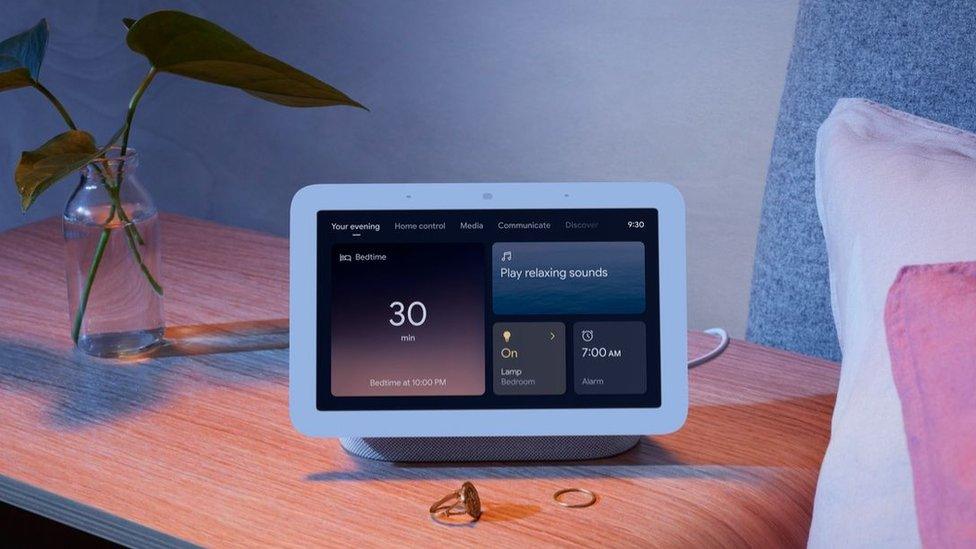
The Nest Hub 2 will generate personalised sleeping tips
The new Google Nest Hub will track users' body activity in bed to generate personalised sleep-tracking reports.
The device's radar-based scanning technology detects movement, including coughing and snoring, as well as light and temperature changes.
But the new features have been criticised for collecting data when users are "most vulnerable".
And Privacy is Power author Carissa Véliz asked: “What happens when you have sex?"
Google said the new features had been "built with privacy in mind” - and the data collected would not be used to create personalised advertising.
Owners can also choose to disable motion tracking and the microphone - and delete any stored data.
Any information gathered - through movement or audio - is processed locally on the device, but anonymous "sleep event data" is stored on Google's cloud server.
This includes bedtimes, waketimes, coughing and restfulness.
'Spied on'
But Véliz said: “There are many questions that arise.
"What will happen to data about your sleep quality?
"Might it end up in the hands of an insurance company?”
“Google gets most of its revenue from the exploitation of personal data.
The Google chip that lets users make tiny hand gestures to control devices
“Whenever it comes up with a new product, it would be near-sighted to think about it as a product designed for its users.
“It’s only designed for its users to the extent that it can convince people to use the product so that Google can get more data on us.
“Not only are we being heard, tracked, and spied on through our screens, now our bodies will be scanned by Soli.”
Sleeping tips
Google’s Soli radar was first used to allow Pixel 4 smartphone users to silence calls and pause or skip music tracks by gesturing in the air with their fingers - but it was removed from the Pixel 5 to reduce costs.
And Nest 2 users will be able to use it to activate functions such as snoozing an alarm.
But it will also collect data to generate personalised sleeping tips and schedules, initially as a “free preview”, although Google said it could charge a subscription fee in future.
In 2019, Pixel product manager Brandon Barbello told The Verge, external the technology "can sense motion as precise as a butterfly's wings".
And a research paper said it could be used to track individual finger movements with "sub-millimetre accuracy", external.
However, Ars Technica reported, external the version in this device is limited to detecting "big, arm-waving gestures".
Non-invasive technology
Radical Rest author Richard Lister said: "Tech that actively scans movement is not something I feel is useful.
"Our minds look for threat - and being watched while we sleep is a primal one.
"This does not feel safe for me, especially when the levels of anxiety in the current population are heightened."
Non-invasive technology, such as watches or rings, could be more helpful to monitor sleep, he added.
'Affect mood'
But Nest senior product manager Ashton Udall blogged: “We wanted to offer an alternative way for people who may not want to wear something to bed to understand their sleep.
“A lack of sleep can negatively affect mood, energy, stress, diet, productivity... the list goes on and on.”
Google also said it was aiming to integrate the Nest Hub’s Sleep Sensing features and Fitbit's sleep analytics, having bought the fitness-tracking company last year.
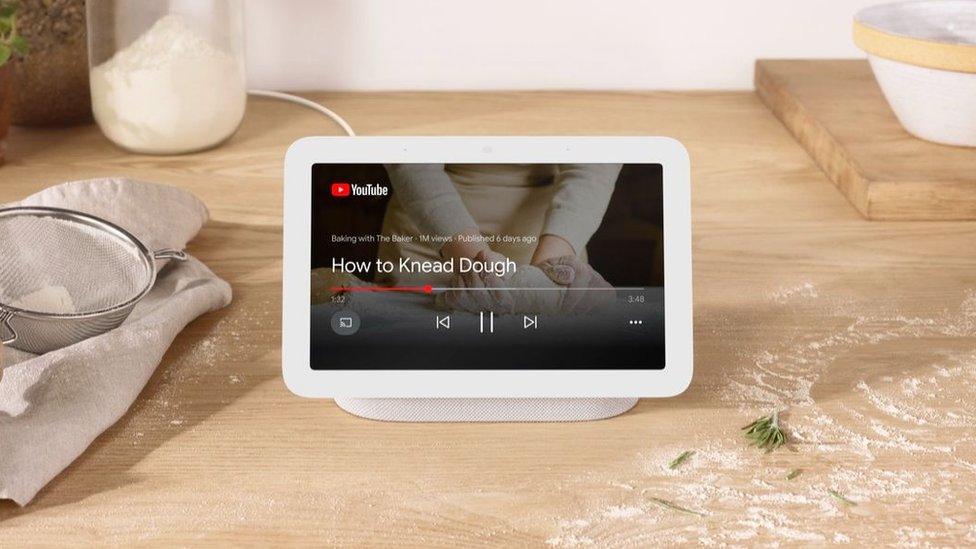
Nest Hub showing a cookery video
The Nest 2, priced at £89.99, device also features a display that adjusts to the brightness of the room and allows users to play videos.
Its screen can act as a digital photo frame.
And as one of Google’s oldest smart-home devices, first launched in 2018, the Nest Hub is compatible with many other connected smart devices, including lights and thermostats.
- Published17 December 2020
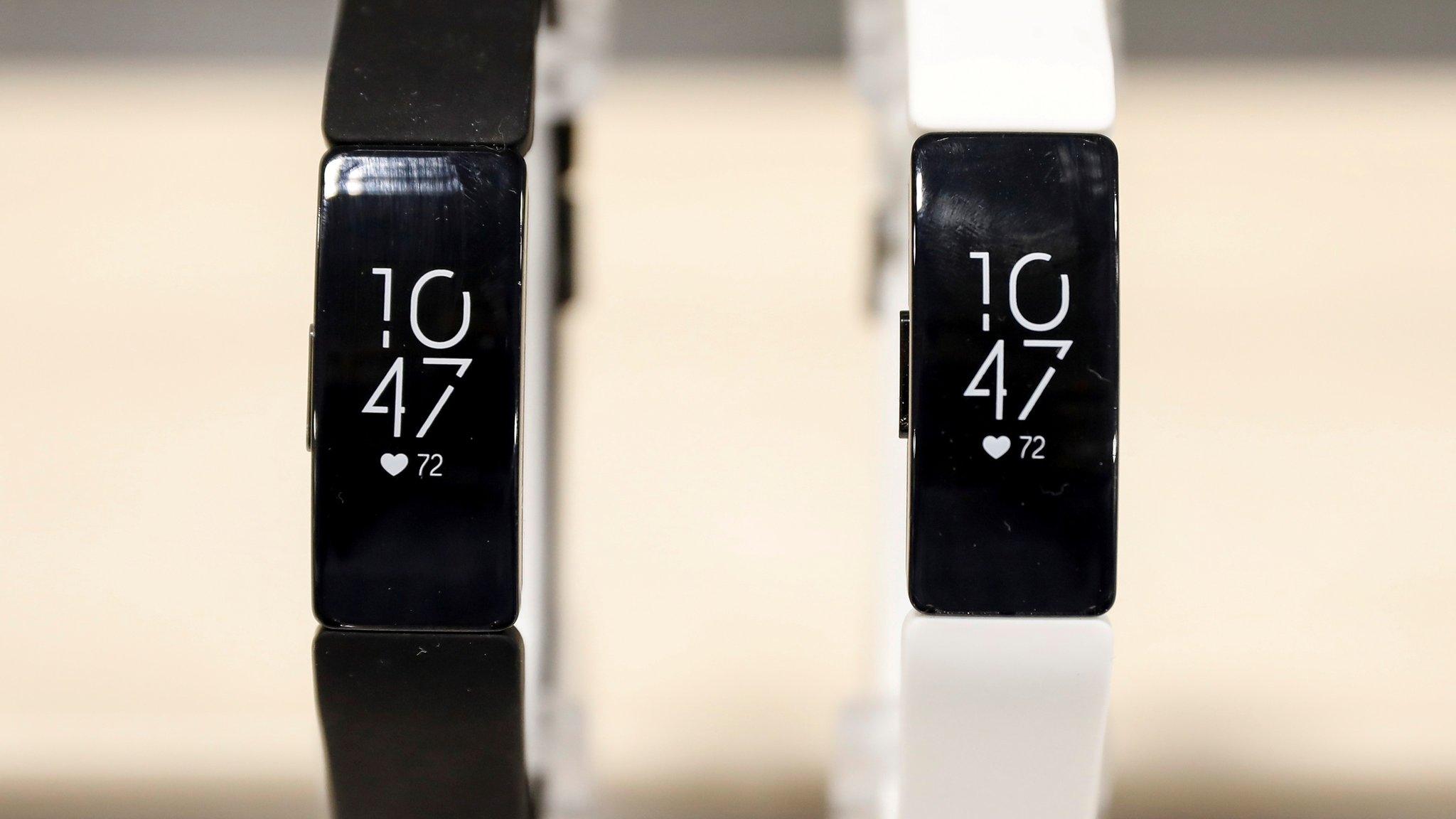
- Published15 October 2019
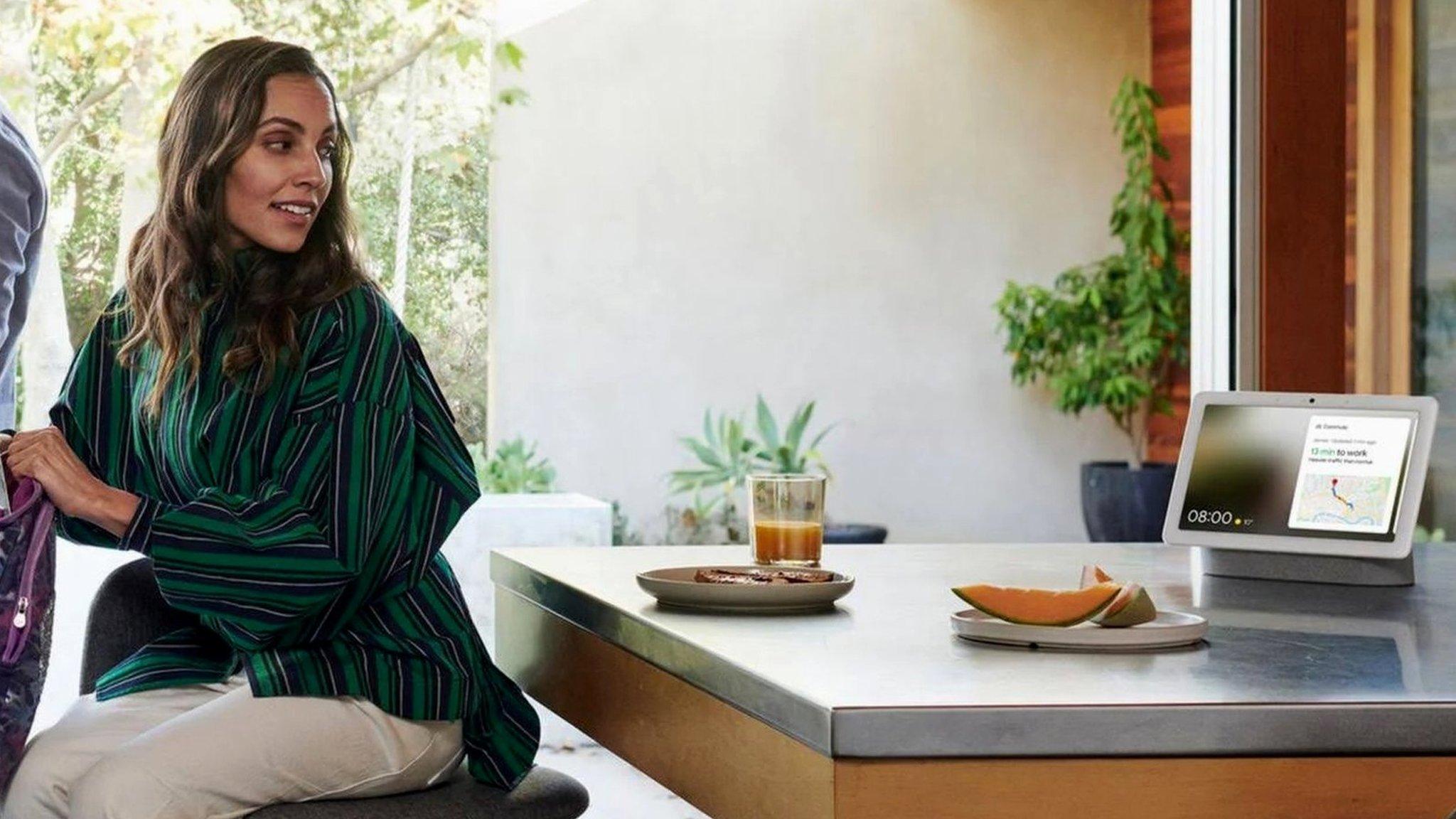
- Published8 February 2018
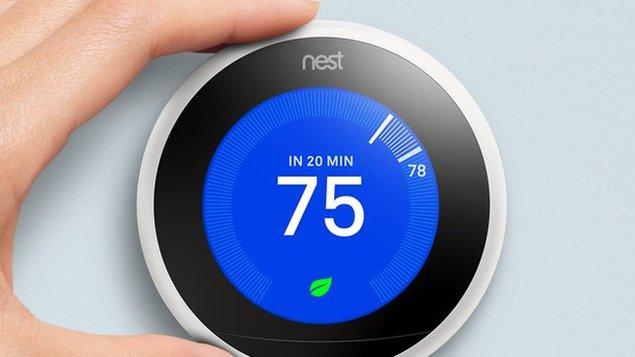
- Published28 February 2019
